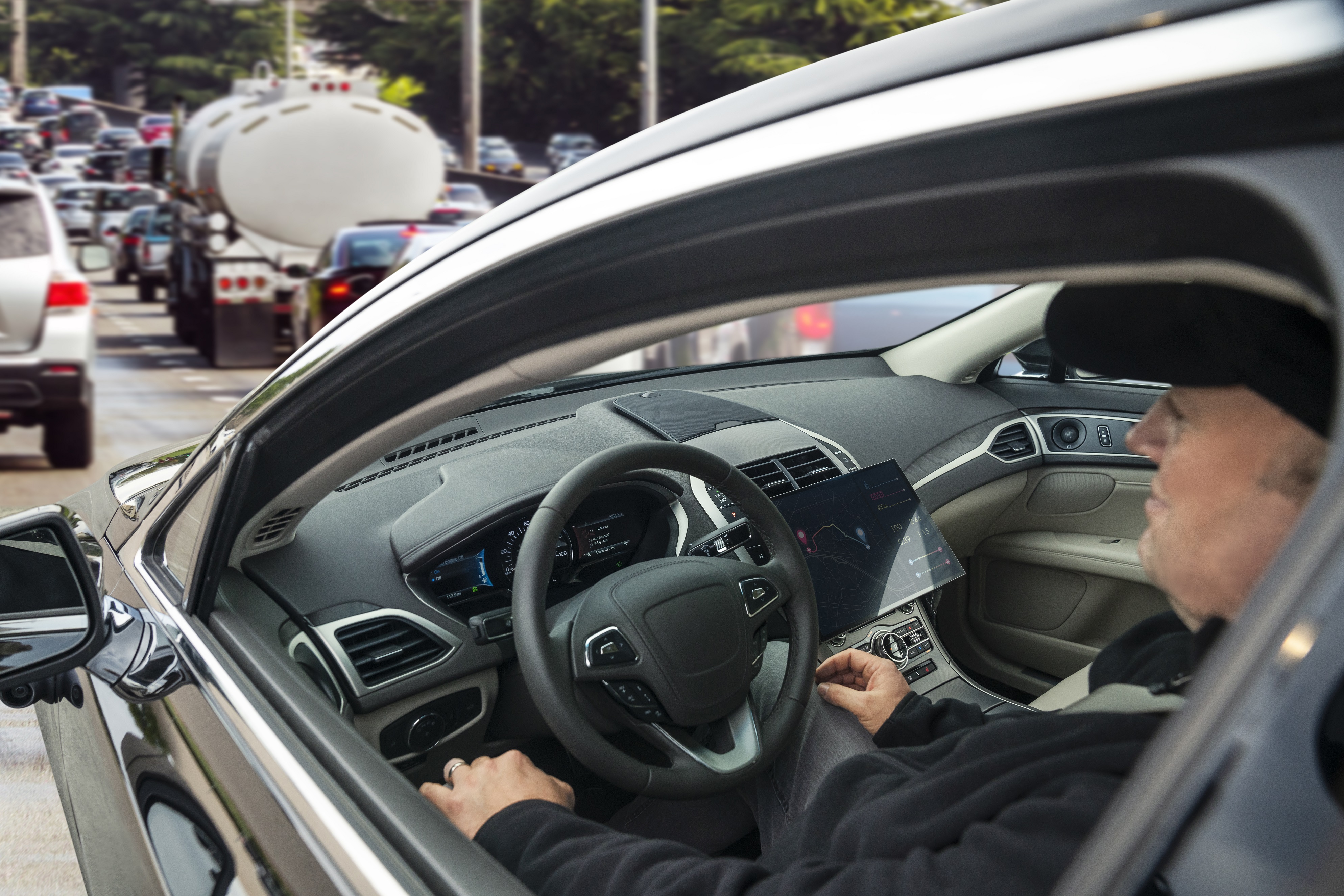
From a tech perspective, modern cars have become Frankensteinish monstrosities, as carmakers pile on sensors and cameras and features to support the conveniences today’s drivers have come to expect. Things like adaptive cruise control, backup and parking cameras, lane assistance, and more – collectively called ADAS systems, short for advanced driver-assistance systems, they are key differentiators for carmakers. Then there are modern infotainment systems such as Android Auto and CarPlay, and remote controls, and wireless connectivity … each one requires a separate control chip, and separate networking cables, not to mention software to power and use the thing and a way to connect it to everything else in your car.
“The complexity is increasing multifold,” explained Anshuman Saxena, director of product management at Qualcomm Technologies, who works on the Automotive Driver Assistance Solutions team. As carmakers race ever faster toward an autonomous future, he explained, cars resemble not a seamless grid of technologies but a mudslide, with everything in their paths picked up, smashed together, and pushed forward in a discordant, expensive mess.
At CES 2020 on Monday, Qualcomm unveiled a solution. They call it Snapdragon Ride. I call it mudslide protection.
Snapdragon Ride is a platform for autonomous vehicles, a handful of chips and a software stack that can fit into box no bigger than your backpack and can tie all of those systems together: Radar of all ranges (and maybe even high-resolution radar) unblinking LIDAR eyes, CV2X communication system, and front and rear cameras, connected via software that knows where the car is, where it should turn, and what’s happening on the roadway ahead.
“Qualcomm has been working on autonomous driving for many years,” Saxena told Digital Trends. “We’ve spent years to understand the whole problem, attack it, and put it all together into an autonomous solution.”
The platform scales, allowing carmakers to pick and choose the tech they want to support in their vehicles. That means today’s level 1 and 2 autonomous cars, which embrace driver assistance technologies to ensure the safety of passengers, can use the basics of the platform to add features, allowing a path forward for the platform. It makes it easier to embrace the features seen in today’s more advanced vehicles, like the Tesla Model 3 or vehicles featuring GM’s Supercruise tech. And in theory, it offers a path to tomorrow’s level 4 and level 5 autonomous vehicles, which should be able to drive themselves while you sit back and sip that latte.
Why Qualcomm, if you’re a car maker? Why not continue the billions currently being spent in-house to develop these systems? Saxena cites the company’s years of experience building powerhouse chips that sip power, such as the Snapdragon chips that power nearly every modern cell phone. Power consumption has been shrugged off by carmakers to date, leading to liquid-cooled systems, massive power supplies, and processing bricks that fill the trunks of modern test platforms.
“You can’t put those big powerhouses in cars. They’ll cost more than the car itself,” he told me.
Will car makers bite, trading the cobbled-together mishmash for a seamless platform? Only time will tell. But after four years spent road-testing its platform, Qualcomm feels the time is right to roll it out. Let’s see what’s the road ahead holds. Qualcomm expects Snapdragon Ride-enabled vehicles to be in production in 2023.
Follow our live blog for more CES news and announcements.


